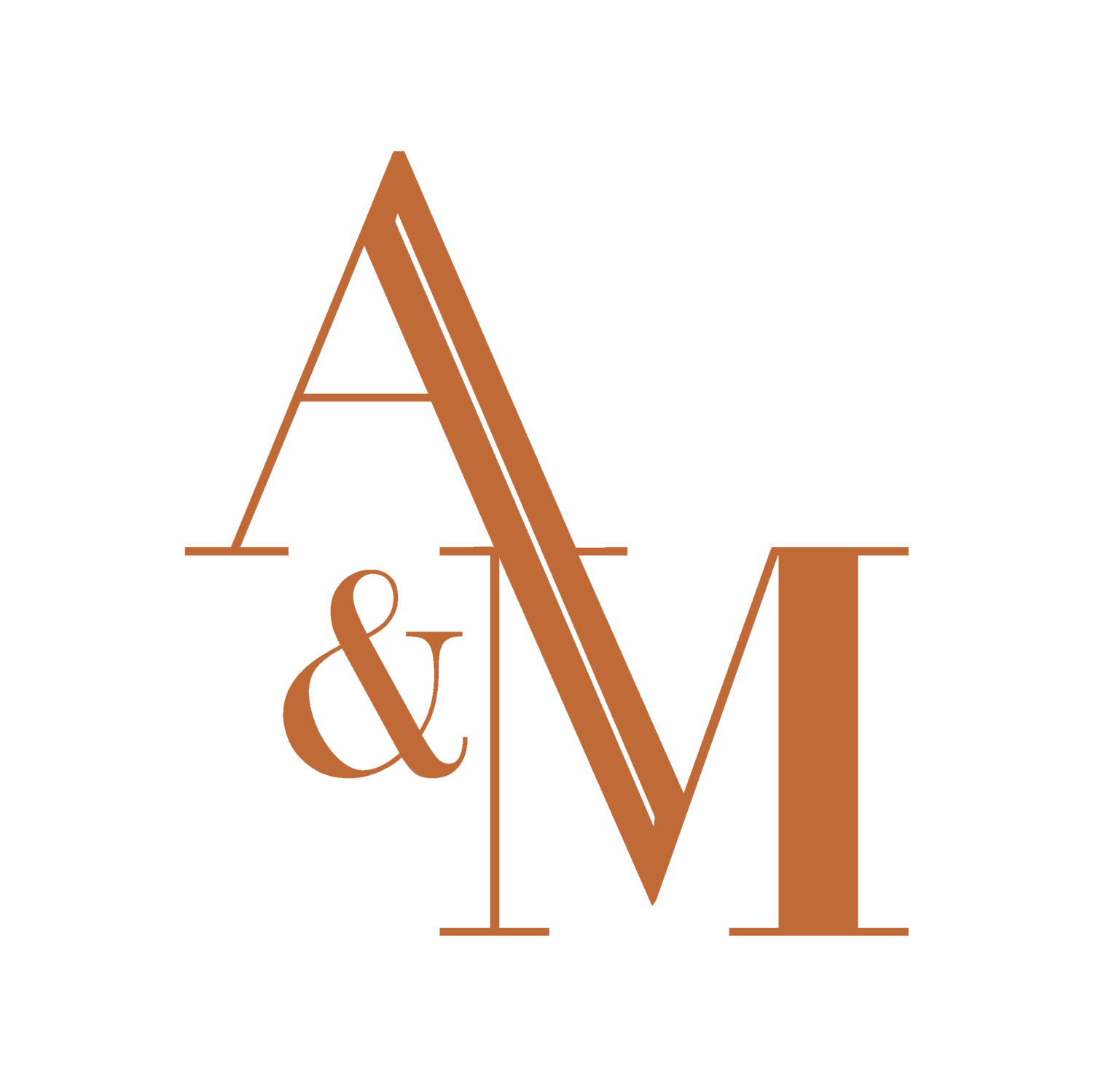Thiang Uk
Painting, shape-shifting, between spaces
By Ian Tee
Thiang Uk, ‘Shadow’s Edge’, 2025, exhibition view at Bureau, New York City. Image courtesy of the artist and Bureau NY.
Thiang Uk’s work is deeply rooted in childhood experiences growing up in Myanmar and the region’s animist myths. Born in Hakha, Myanmar, in 1993, Uk and his family fled the country’s political violence and settled in the United States of America when he was 11 years old. His paintings investigate the complexity of holding multiple identities, ancestral memory, and painterly languages. Thiang received his Master’s in Fine Arts from Maryland Institute College of Art, Baltimore (2021); and attended the Skowhegan School of Painting and Sculpture, Skowhegan, ME (2023). His works have been presented at Bureau (New York City), Sean Kelly LA (Los Angeles), island (New York City), and Museum of Contemporary Art Arlington, amongst others.
Thiang Uk, ‘ShapeShifter Crossing… Searching’, 2021, oil on canvas, 182.88 x 182.88cm. Image courtesy of the artist.
The shapeshifter is a key theme in Thiang’s practice. For him, it is a “metaphor for assimilation and adapting to new languages, new cultures, and environments”. Parallel to the artist’s personal history of migration, one can see these distances explored in his paintings. ‘ShapeShifter Crossing… Searching’ (2021) and other works from that period depict such “between” spaces and the thresholds of different places. Even the figures in his paintings seem to be amorphous, as if in a state of transition.
Thiang Uk, ‘Untitled (Stacked Diptych 1)’, 2024, oil on panel, 50.80 × 20.32cm. Image courtesy of the artist and Bureau NY.
In Thiang’s first solo exhibition ‘Shadow’s Edge’ (2025), this bifurcation is explored formally through the doubling of images and the diptych format. The mirroring composition is seen in large paintings such as ‘Ocean in Green (With a Drawing of Franz Marc’s Painting “Horse in a Lanscape”)’ (2024), render the ocean at states of calm and turbulence. Another approach is the joining of two panels to form a diptych. While a narrative or visual connection can be drawn from the two halves such as sky-sea, past-present, peace-turmoil; the format also hints at a third space which cannot be seen and only imagined or felt.
Thiang Uk, ‘Ocean in Green (With a Drawing of Franz Marc’s Painting “Horse in a Landscape”)’ (detail), 2024, collaged oil pastel drawing on paper on oil on canvas, 184.15 × 214.63cm. Image courtesy of the artist and Bureau NY.
Thiang Uk, ‘Horses’, 2024, oil on panel, 20.32 × 25.40cm. Image courtesy of the artist and Bureau NY.
The horse is a recurring motif that carries a range of emotions and subjectivities. In Thiang’s recent paintings, he looks back at art historical precedents such as the 20th century Der Bleue Reiter (The Blue Rider) group, and Gong Kai’s horse paintings from the Song dynasty. In citing these references, Thiang is also interested in the political and spiritual meanings associated with them. The short-lived Blue Rider group broke up at the onset of World War One, while Gong Kai lived through the fall of the Song dynasty. As such, one can interpret these horses as metaphors for human experiences during adversity, reflecting both a desire for freedom and a quiet sense of grief.
Click here to read our dialogue with Thiang Uk, where he discusses his debut solo show ‘Shadow’s Edge’ at Bureau in New York City, and reflects on the beauty of Myanmar amidst the total chaos in his practice.


















